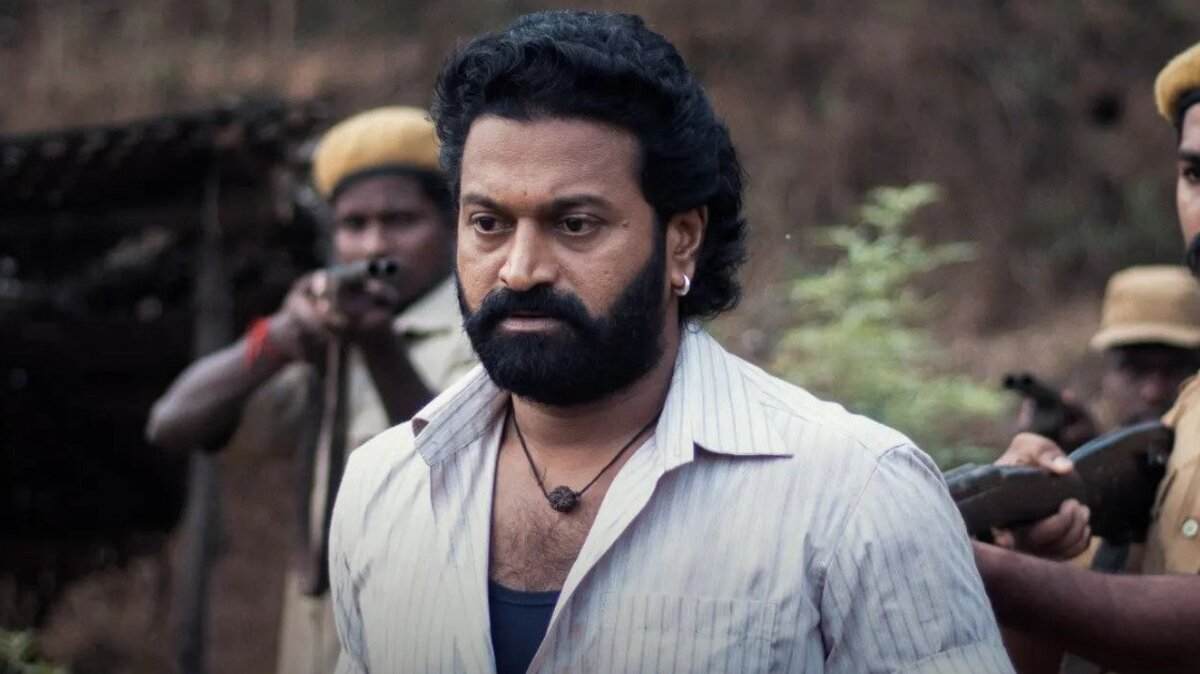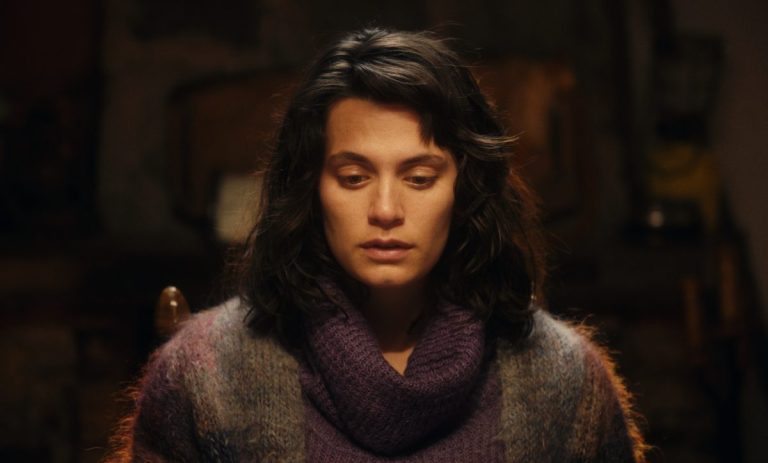Some myths don’t belong to the past; they walk beside us, breathing through the rituals of today.
Some myths live in books, while others breathe through people. The world of “Kantara” belongs to the latter, a space where gods are not distant figures in the sky but tangible presences in the soil, forests, and hearts of men. Rishab Shetty’s universe, revived again in “Kantara: Chapter 1,” does not invent its mysticism; it inherits it from the sacred folklore of Tulu Nadu, where Panjurli and Guliga are not just names but living deities, worshipped, feared, and loved for centuries.
The Boar That Carried a Blessing and a Curse
Panjurli’s story begins in compassion. It is said that the young boar was orphaned and lost in the forest. For whatever reason, Goddess Parvati was moved by compassion for him and took him in. As he grew up, however, he was overrun by his wild instincts and began rampaging through the heavens, destroying everything for which he had been raised to protect. Rageful yet merciful, Lord Shiva cursed him to spirit away to earth, exiling him into the realm of men. Even then, however, Panjurli had not been abandoned; he was afforded his divine purpose.
On earth, he became the guardian spirit of the forest, the protector of truth, and the watchman of farmers reliant on the pulses of nature. The boar form came to be associated with strength, ferocity, fecundity, and sustenance. Within coastal Karnataka culture, Panjurli is not merely a mythic figure but a force that haunts these people as they live their lives with him in the flesh. His spirit is called upon to bless every harvest, every cry for justice, every ceremony to honour the land itself.
Born of Ash and Anger – The Making of Guliga
If Panjurli is compassion and protection, Guliga is the echo of divine rage, the kind of anger that arises when balance is disturbed. Myth tells us that Guliga was born from Lord Shiva’s fury, a spark of his destructive energy that Parvati later discovered and tempered. While Panjurli guards, Guliga avenges. He is the spirit of justice, fierce and unrelenting, who ensures that wrongdoing does not go unanswered.
In the traditional lore of Tulu Nadu, Guliga is not seen as evil. He’s frightening, but valuable! He’s a godly reminder that every selfish act, deceit, or hubris warrants consequence. This complication is beautifully depicted in Kantara: Chapter 1: Guliga is not a villain, but a just cause, the dark counterpart to the light of Panjurli. Together, they create a cosmic duality, mercy and punishment, love and rage, nurture and annihilation. Their myth speaks to a primordial truth: that divinity is not split between good and bad, but lives in balance, swinging infinitely between gentleness and fury.
When Heaven Trembled – The First Clash of Spirits
According to mythology, the first fateful encounter between the divine spirits Panjurli and Guliga was both awe-inspiring and catastrophic. The earth quaked, the skies thundered, and the fabric of creation itself seemed on the verge of unraveling. Where Panjurli’s heart sought to protect and nurture, Guliga’s burned with the fire of retribution. Their opposing forces clashed in fury until the Goddess Durga intervened, restoring balance and binding them together as eternal guardians of the land and its people.
That divine reconciliation became the thread of inner spiritual life for the coastal communities that venerate them. In concert, Panjurli and Guliga stand guard at the border of man and nature – reverence and indulgence. Their tales transcended mere storytelling, evolving into a living philosophy — a moral and ecological code that endures and finds renewed resonance in the present through myth.
While You’re Here: The Dominance of the South Indian Films: Are We Witnessing a Fundamental Shift or A Passing Cycle?
The Dance of Gods – Where Flesh Becomes Faith
Every year, these legends take living form through the ritual of Bhūta Kola, a sacred ceremony unique to Tulu Nadu. It is not merely a performance but a communion between man, deity, and the land. As drums thunder and torches blaze, men chosen by the spirits adorn themselves with elaborate makeup, heavy jewelry, and vibrant attire. Once the ritual begins, they are no longer men. The daivas, the spirits of Panjurli, Guliga, and others, descend into them.
The medium’s voice changes; his gaze becomes distant, looking beyond the material world. He speaks, not in his own voice, but in the voice of God. Villagers flock to him with questions, prayers, and confessions. Conflicts are resolved. Blessings are bestowed. A judgment is sometimes rendered, not by the law, but by the word of the possessed. It is a time when the divine breathes through the human, where the delicate line between the human and divine breaks down entirely.
The rituals are as careful as they are powerful. Offerings of rice, coconut, and toddy are provided, fire torches surround the shrine, and children sing out the ancient rhythmic chants in Tulu to invoke the gods. The ritual may go into the night, led by songs of the ancestors known as paddanas, oral epics handed down over the generations. It is theatre, it is religion, it is history – an art of faith that has outlasted empires and the modern era.
Where Cinema Becomes Ceremony
“Kantara” does something extraordinary: it translates this living faith into cinematic language without diminishing its sanctity. What could have been reduced to spectacle becomes an act of reverence. The film’s depiction of Bhūta Kola is authentic, detailed, and pulsating with spiritual energy, the kind that leaves even the atheist momentarily breathless.
It is here that Rishab Shetty’s filmmaking transcends entertainment. His camera does not exploit the ritual; it bows to it. Every frame feels like an offering, every roar like a prayer. The divine battle between Panjurli and Guliga unfolds not just as myth but as metaphor, for man’s eternal struggle to balance instinct with wisdom, faith with reason, progress with preservation.
Why Kantara Speaks to Every Generation
What makes “Kantara” remarkable is its power to captivate both the young and the old. For older viewers, it rekindles memories of rituals once witnessed — the flicker of firelight against the night, the rhythmic chants rising into the air, and men transformed in divine possession. For younger audiences, it serves as an awakening — a gateway into a world they never imagined could exist, one that is at once primal, rooted in local tradition, yet profoundly universal in its spirit.
In a world where spirituality has become a frequent subject of ridicule, and there are dozens of individual practitioner kits on the shelves at local stores, “Kantara” places belief at the forefront of this experience. It demonstrates that faith can, when true to itself, continue to move hearts, and that a well-told story with cultural integrity can bridge ages.
Arguably, this film’s greatest achievement is to demonstrate that divine stories need not only linger in temples and texts. When told with authenticity and artfulness, they can be reinvigorated into cinema, where the screen itself presents a sacred space, and the story communicates a ritual.








